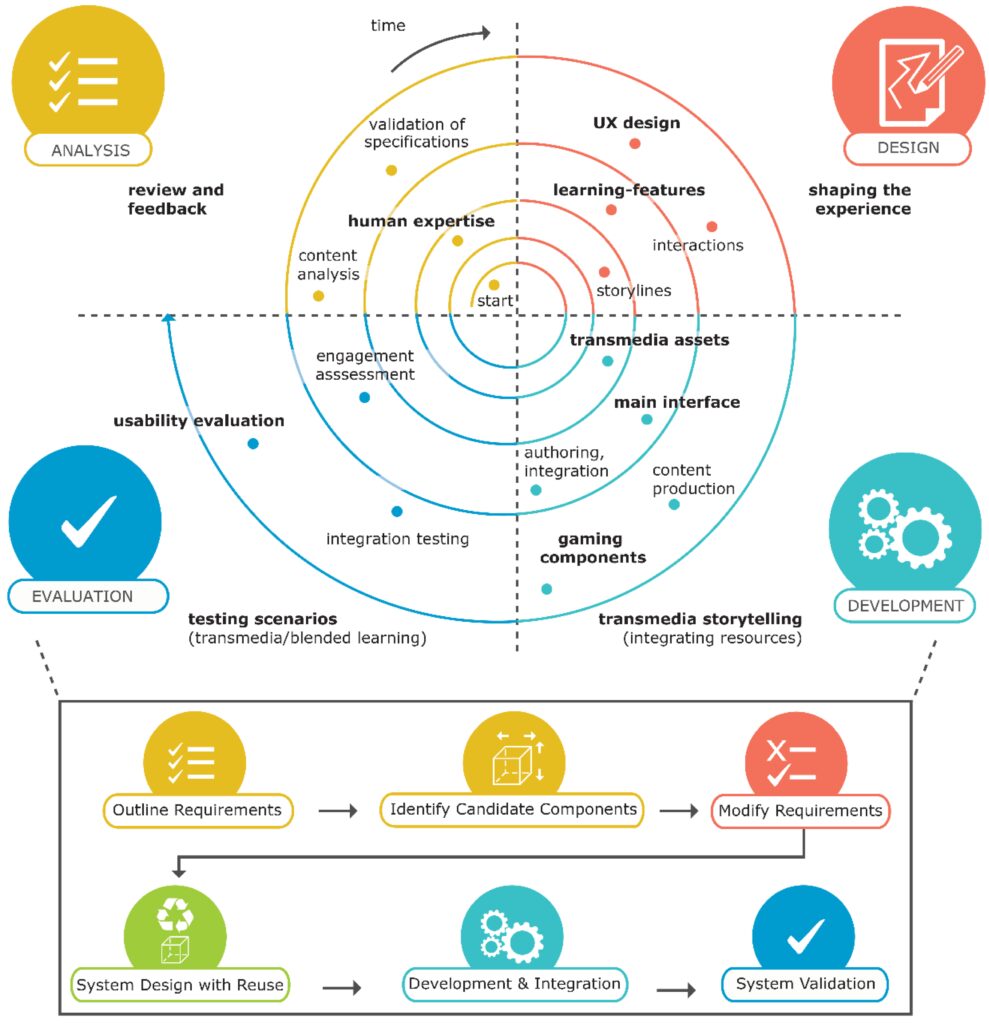The gaming industry is one of the fastest-growing industries, with an estimated revenue of $300 billion by 2025. Developers must adopt an inclusive approach to gaming development to cater to a diverse audience. Designing games for all involves considering physical and mental challenges and creating games accessible to all regardless of age, skill level or disability. For gamers with disabilities, developers need to include closed captioning, controller customisation and haptic feedback. Seniors require larger text sizes and simplified controls while games for children need straightforward gameplay tutorials and varied difficulty levels. Inclusive games will improve the industry’s growth by catering to a wider audience.
Designing Games for All: An Inclusive Approach to Gaming Development
Introduction
Gaming has been a part of our lives for decades. In the past, games were mostly targeted towards certain groups of people, but today, the gaming industry has become more diverse, and the audience is expanding. The gaming industry is now one of the fastest-growing industries in the world, with a predicted revenue of $300 billion by 2025. With this growth, it is essential to have an inclusive approach to gaming development to ensure that everyone can participate, regardless of abilities or disabilities.
Designing Games for All
Designing games for all means developing games that cater to different types of gamers, including those with disabilities. Some games seem impossible to play if you have a disability. Inclusive game design means incorporating various accessible features to enable everyone to play with ease.
Inclusive game design involves looking at both the physical and mental challenges of the players. The main goal here is to design games that allow gamers with different needs to have an enjoyable gaming experience. Well-designed games should be accessible to everyone, regardless of their age, skill level, or disability.
Designing Games for Gamers with Disabilities
Designing games for gamers with disabilities requires careful consideration. It is crucial to keep in mind that players have different abilities, so developers must incorporate features that cater to the various needs of gamers.
One of the features that developers can include in games is closed captioning. This feature has become popular in games and allows gamers with hearing disabilities to follow the game’s audio. Additionally, gamers with visual impairments can use audio cues to keep track of the game’s progress.
Another feature that developers can consider is controller customization. Some gamers have disabilities that affect their ability to use both hands or use a standard controller. In this case, making it possible for players to customize their controllers can make a big difference in their gaming experience.
The use of haptic feedback is another way developers can incorporate accessibility into their games. This feature allows gamers with disabilities to experience the game through tactile sensors, providing an immersive gaming experience.
Designing Games for Seniors
As gamers age, their ability to play games may be affected. Therefore, it is essential to design games that cater to this group of gamers. Some of the features that game developers can consider include larger text sizes and easy-to-read fonts. This feature will make it easier for seniors to read the game’s instructions or choose the right settings.
Additionally, developers can include simplified controls that require fewer button presses, reducing the need for precise hand movements or dexterity. Gamers with arthritis or tremors will find this feature helpful.
Designing Games for Children
Developers need to keep in mind that not all children may have the same level of reading, writing, or cognitive abilities. Developing games that cater to younger gamers includes features like large and colourful buttons and straightforward gameplay tutorials.
As children develop, they can often lose interest in games if they do not challenge them enough. As a solution, developers can create different difficulty levels in their games, allowing children to progress and enjoy the game gradually.
Conclusion
In conclusion, creating inclusive gameplay experiences is crucial in today’s gaming industry. By designing games that everyone can enjoy, the industry can grow by catering to a wider audience. Incorporating accessible features in games helps to make them more inclusive for gamers with disabilities, seniors, and children. Developers still have a long way to go in making inclusion a primary consideration during gaming development, and it is an ongoing process that requires more input from players to ensure that games become more immersive and enjoyable for everyone.
